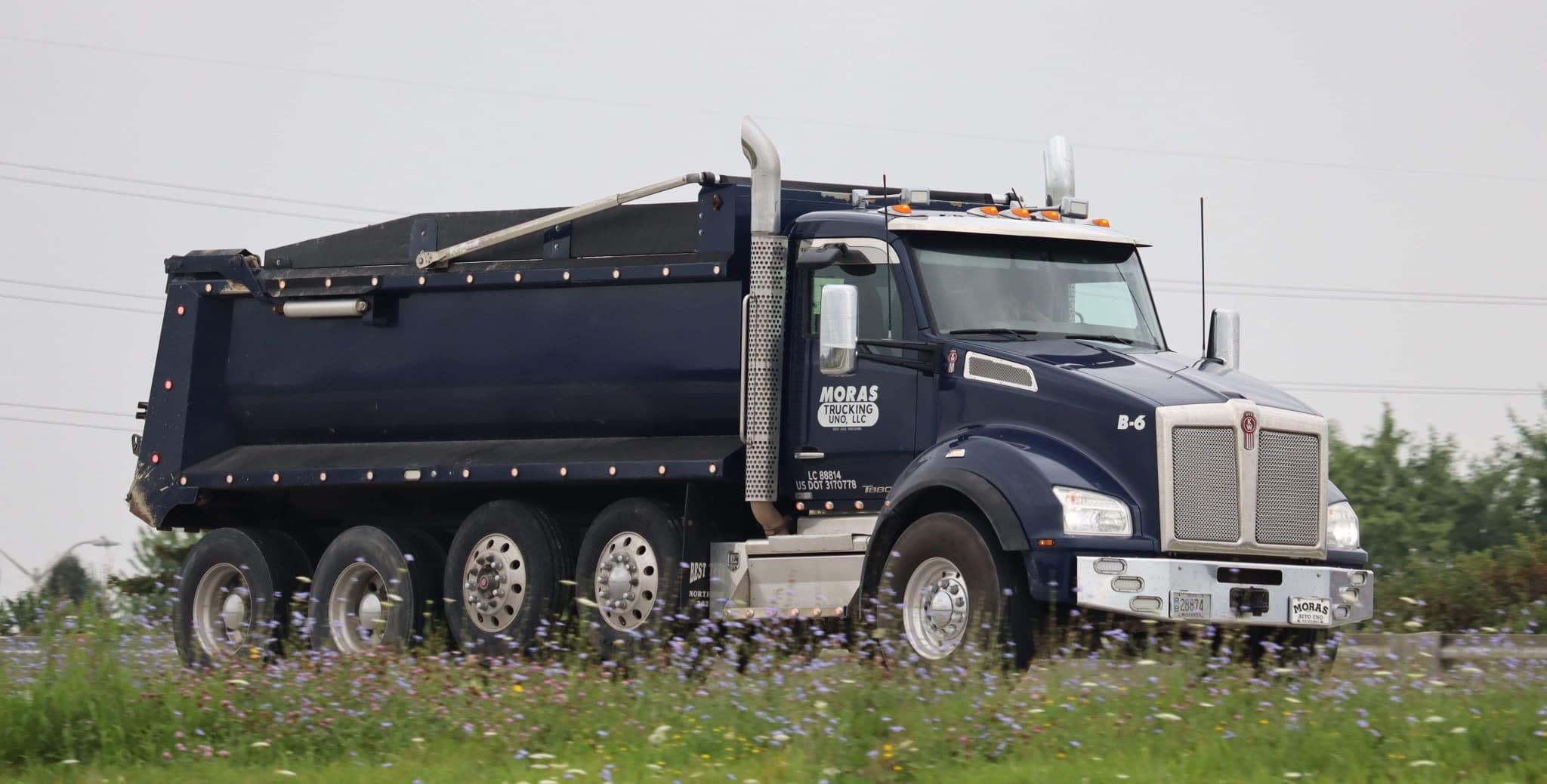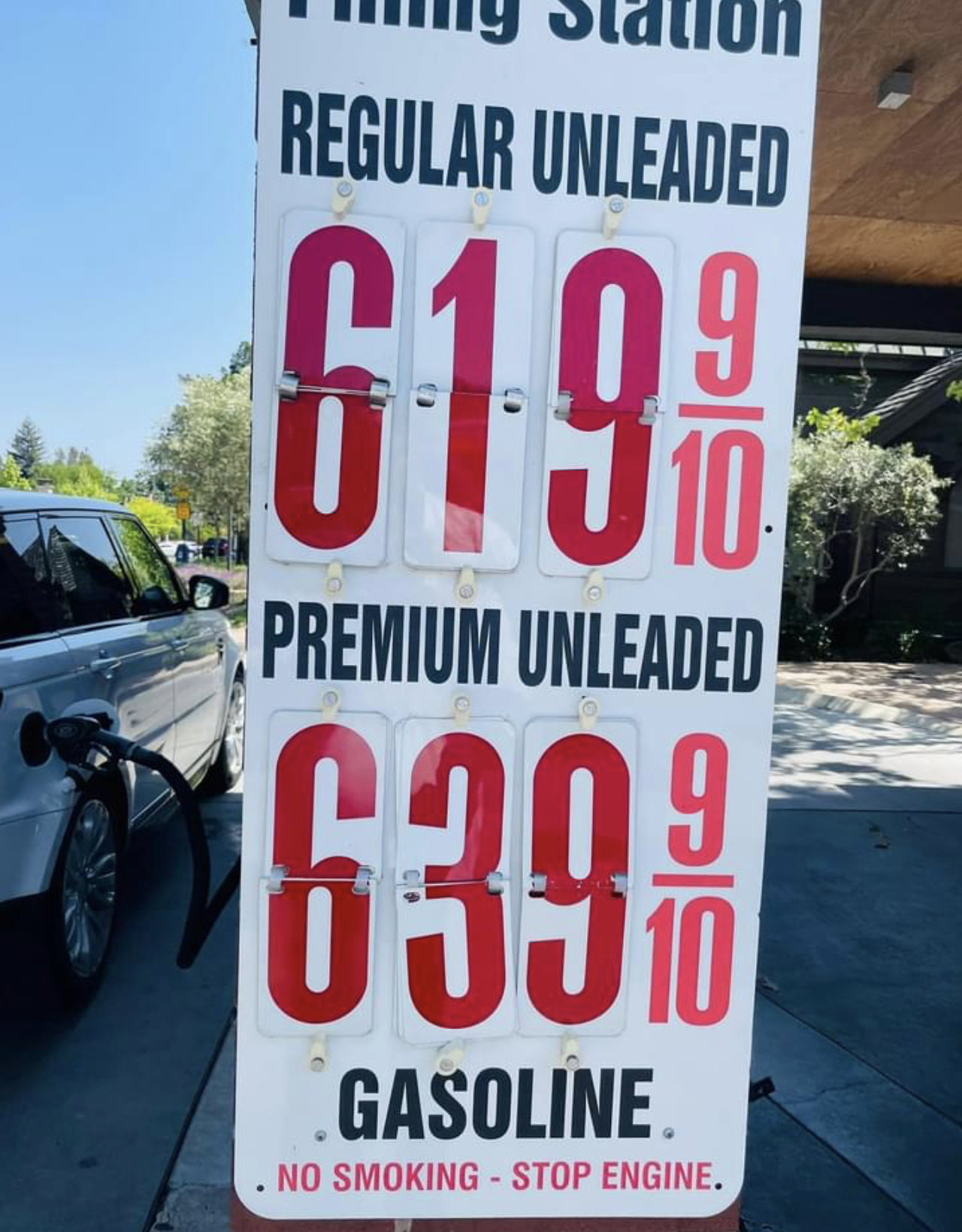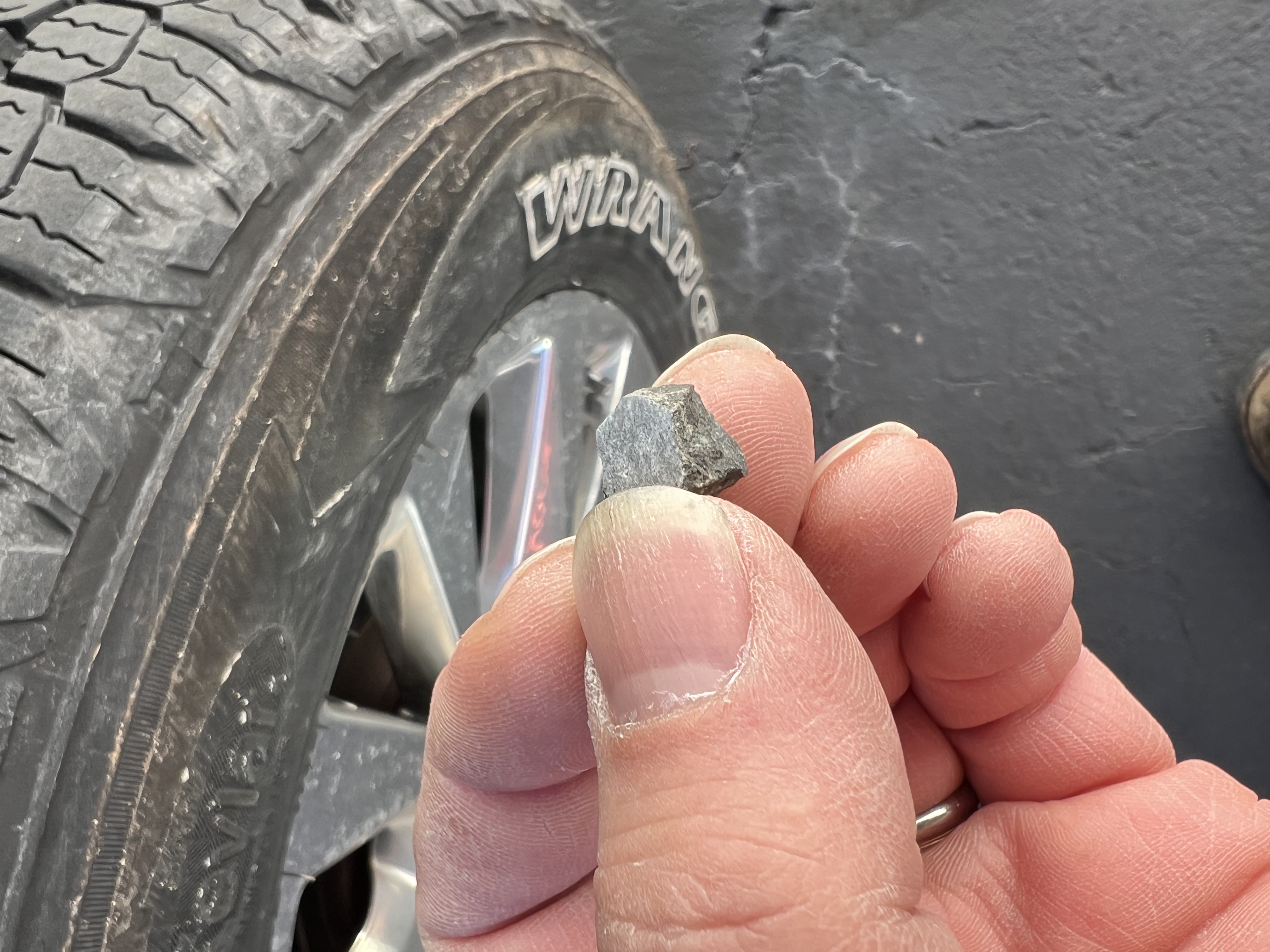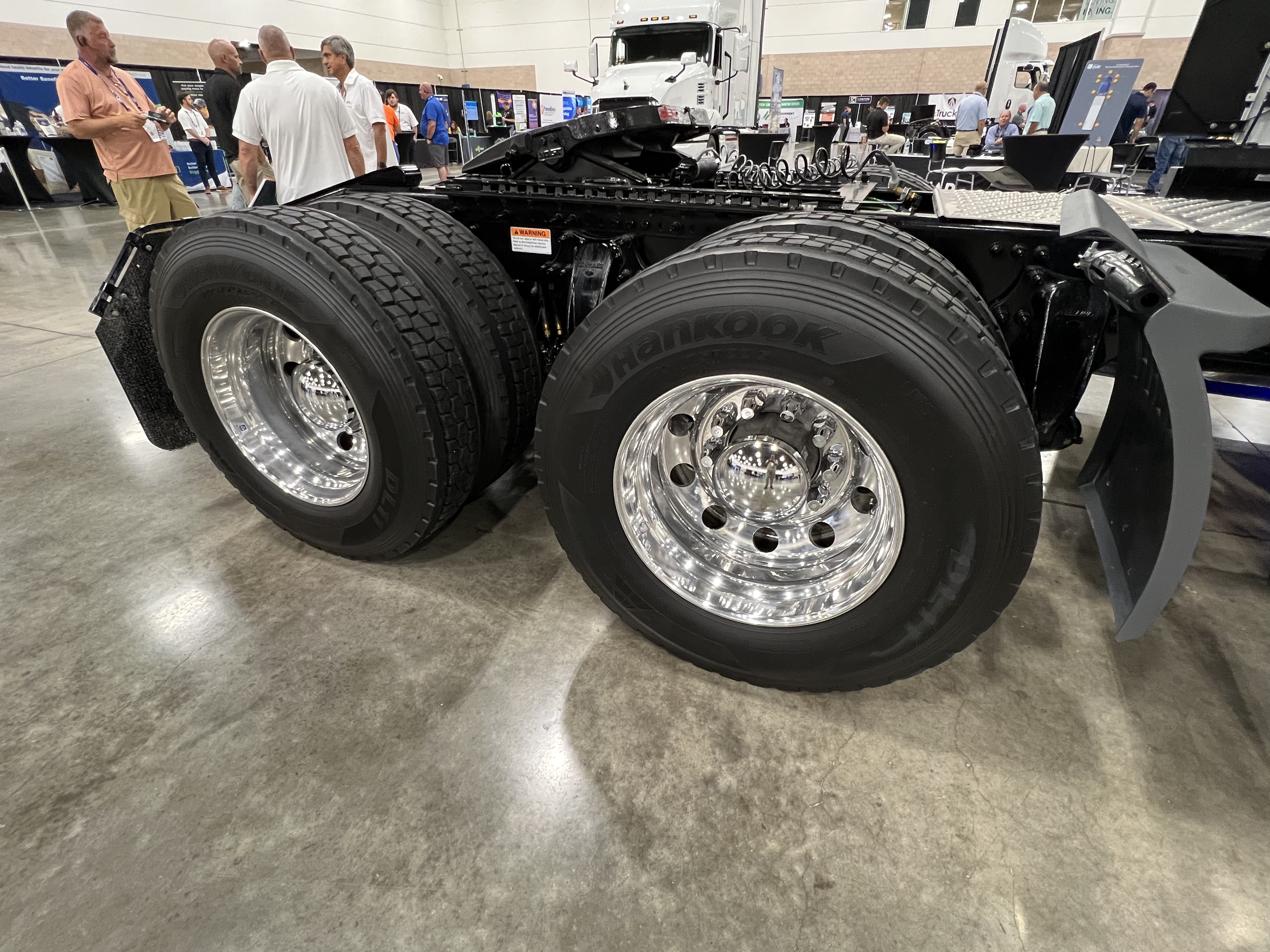Ensuring tire safety and fuel efficiency is crucial for any fleet manager or truck driver. Properly maintained tires not only enhance the safety of the vehicle but also contribute significantly to fuel savings and environmental conservation. In this comprehensive guide, we will walk you through essential tips that can help you boost both tire safety and fuel efficiency.
Every mile driven on under-inflated or improperly maintained tires increases the risk of accidents and escalates fuel consumption. Studies have shown that maintaining optimal tire pressure can save up to 3% on fuel, which translates to substantial cost savings over time. Additionally, well-maintained tires reduce wear and tear, extending their lifespan and reducing the need for frequent replacements.
At Fuel & Tire Saver Systems Company, LLC, we specialize in mobile onsite nitrogen tire inflation services across Virginia, Maryland, Pennsylvania, North Carolina, Tennessee, and Georgia. Our expert team visits truck fleets to inspect and inflate tires, ensuring they are at the optimal pressure for maximum efficiency and safety. This not only helps in saving fuel but also extends tire wear and makes trucks much safer on the road.
For those looking to make a positive impact on their fleet’s performance and the environment, our services offer a practical solution. To learn more about how we can help your fleet, Request Fleet Pricing, contact our office at (703) 429-0382, or email Mike.LoPresti@fuelandtiresaver.com.
Table of Contents
ToggleImportance of Regular Tire Inspections

Regular tire inspections are a vital component of maintaining both tire safety and fuel efficiency. These inspections help identify potential issues before they become serious problems, ensuring that your fleet operates smoothly and safely.
During a tire inspection, several critical aspects need to be checked:
- Tire Pressure: Under-inflated tires can lead to increased rolling resistance, which in turn raises fuel consumption. Over-inflated tires, on the other hand, can cause uneven tire wear. Regularly checking tire pressure ensures that your tires are always at their optimal level.
- Tread Depth: Adequate tread depth is essential for maintaining traction, especially in adverse weather conditions. Insufficient tread can increase the risk of skidding and accidents.
- Visual Damage: Regular inspections can help identify cuts, punctures, or other visible damage that may compromise the tire’s integrity. Early detection allows for timely repairs or replacements, preventing potential blowouts.
- Alignment and Balancing: Misaligned or unbalanced tires can lead to uneven wear and tear, reducing the tire’s lifespan and affecting vehicle handling. Regular checks ensure that tires wear evenly and contribute to safer driving conditions.
By incorporating regular tire inspections into your maintenance routine, you can not only enhance the safety of your fleet but also improve fuel efficiency. Well-maintained tires reduce rolling resistance, leading to better fuel economy and extended tire life.
Investing time in regular tire inspections is a small effort that yields significant benefits, helping you achieve both a safer driving experience and cost savings. Make it a routine part of your fleet management to ensure optimal performance and reliability.
Proper Tire Inflation Techniques

Understanding and implementing proper tire inflation techniques is crucial for enhancing tire safety and fuel efficiency. Correctly inflated tires offer better handling, improved fuel economy, and longer tire life. Here are some essential techniques to ensure your tires are inflated correctly:
- Use a Reliable Tire Gauge: Always use a high-quality tire gauge to measure tire pressure. Digital gauges are often more accurate than analog ones. Regularly check the gauge’s calibration to ensure precise readings.
- Follow Manufacturer Recommendations: Refer to your vehicle’s owner manual or the tire placard located on the driver’s side door jamb for the recommended tire pressure. It’s important to maintain this specified pressure for optimal performance.
- Check Pressure When Tires Are Cold: Tire pressure should be checked when the tires are cold, as pressure increases with temperature. Ideally, check the pressure in the morning before the vehicle has been driven or at least three hours after the last trip.
- Adjust for Load and Conditions: If your vehicle carries heavy loads or operates in extreme temperatures, you may need to adjust the tire pressure accordingly. Consult the manufacturer’s guidelines for specific adjustments.
- Regular Maintenance: Routinely inspect your tires for any signs of wear or damage that could affect pressure. Regular maintenance, including balancing and alignment, helps maintain consistent tire pressure.
One innovative technique to consider is nitrogen tire inflation. Nitrogen maintains tire pressure more consistently than regular air, as nitrogen molecules are larger and less likely to seep through the rubber. This leads to more stable tire pressure over time, enhancing both safety and fuel efficiency.
Proper tire inflation is an easy yet effective way to boost your vehicle’s performance and safety. By following these techniques, you can ensure your tires are always in top condition, leading to better fuel economy, reduced tire wear, and a safer driving experience.
Benefits of Using Nitrogen for Tire Inflation

Switching to nitrogen for tire inflation offers numerous advantages that significantly improve tire safety and fuel efficiency. Unlike regular compressed air, nitrogen maintains tire pressure more consistently, leading to several key benefits:
- Reduced Pressure Loss: Nitrogen molecules are larger than oxygen molecules, making them less likely to escape through the tire’s rubber. This results in more stable tire pressure over time, reducing the need for frequent inflation checks.
- Enhanced Fuel Efficiency: Properly inflated tires minimize rolling resistance, which directly impacts fuel consumption. By maintaining optimal tire pressure, nitrogen inflation helps improve your vehicle’s fuel efficiency, saving you money at the pump.
- Increased Tire Life: Under-inflated or over-inflated tires wear unevenly, reducing their lifespan. Nitrogen inflation helps keep tire pressure within the recommended range, promoting even tread wear and extending tire life.
- Improved Safety: Consistent tire pressure enhances vehicle handling and braking performance, lowering the risk of accidents. Nitrogen inflation ensures that your tires remain at the correct pressure, contributing to a safer driving experience.
- Environmental Benefits: By improving fuel efficiency and extending tire life, nitrogen inflation helps reduce your vehicle’s carbon footprint. Fewer tires need to be produced and disposed of, and less fuel is consumed, benefiting the environment.
Additionally, nitrogen is less affected by temperature changes compared to air. This stability is particularly advantageous in regions with extreme temperature fluctuations, ensuring that tire pressure remains consistent regardless of the weather conditions.
Implementing nitrogen tire inflation is a straightforward process that can yield significant long-term benefits. By making this simple switch, you can enhance your vehicle’s performance, save on fuel costs, and contribute to a safer, more sustainable driving experience.
Driving Habits to Enhance Fuel Efficiency

Your driving habits play a crucial role in optimizing both tire safety and fuel efficiency. By adopting a few smart driving practices, you can not only save fuel but also extend the life of your tires and improve overall vehicle performance.
- Avoid Aggressive Driving: Rapid acceleration, sudden braking, and high-speed driving can significantly reduce fuel efficiency. Smooth and steady driving helps maintain optimal fuel consumption and reduces unnecessary wear on your tires.
- Maintain a Steady Speed: Using cruise control on highways can help maintain a consistent speed, which is more fuel-efficient than frequent speed changes. This also reduces the stress on your tires, promoting even wear.
- Reduce Idle Time: Idling consumes fuel without moving the vehicle. If you anticipate being stopped for more than a minute, it’s more fuel-efficient to turn off your engine and restart it when you’re ready to move.
- Proper Use of Air Conditioning: Air conditioning can increase fuel consumption. Use it sparingly and consider using the vehicle’s ventilation system when driving at lower speeds. At higher speeds, keeping the windows up reduces aerodynamic drag and can be more fuel-efficient.
- Limit Excess Weight: Carrying unnecessary weight in your vehicle increases fuel consumption. Remove heavy items from your trunk or cargo area when they are not needed to improve fuel efficiency and reduce tire stress.
- Plan Your Trips: Combining errands into one trip and using the most efficient route can save both time and fuel. Avoiding congested routes where possible can also minimize stop-and-go driving, which is less fuel-efficient.
Additionally, regular vehicle maintenance is essential. Ensure that your engine is properly tuned, and replace air filters and spark plugs as recommended. A well-maintained engine runs more efficiently, consumes less fuel, and generates less wear and tear on your tires.
By incorporating these driving habits into your routine, you can significantly enhance your vehicle’s fuel efficiency, reduce tire wear, and enjoy a safer, more economical driving experience.
Environmental Impact of Improved Tire Maintenance
Improved tire maintenance has a profound positive impact on the environment. By ensuring that tires are properly inflated and regularly inspected, you can contribute to reducing your carbon footprint and promoting a more sustainable future.
One of the primary environmental benefits of enhanced tire maintenance is the reduction in fuel consumption. Under-inflated tires create more rolling resistance, which forces the engine to work harder and consume more fuel. By maintaining optimal tire pressure, you can achieve better fuel efficiency, thereby reducing the amount of greenhouse gases emitted into the atmosphere.
Another significant benefit is the extension of tire life. Well-maintained tires wear more evenly and last longer, which means fewer tires need to be manufactured, transported, and disposed of. The production and disposal of tires have considerable environmental impacts, including the consumption of raw materials, energy use, and the generation of waste. By extending the life of your tires, you can play a role in minimizing these effects.
Moreover, proper tire maintenance enhances vehicle safety, which can indirectly benefit the environment. Safer driving reduces the likelihood of accidents and the associated environmental costs, such as fuel spills, vehicle damage, and road congestion. Additionally, it helps lower the demand for emergency response resources and repair materials, further contributing to environmental conservation.
Adopting nitrogen tire inflation, as offered by Fuel & Tire Saver Systems Company, LLC, can also provide environmental advantages. Nitrogen maintains tire pressure longer than regular air, leading to consistent fuel efficiency and tire durability. This practice helps in reducing the frequency of tire maintenance and replacements.
If you’re interested in learning more about how improved tire maintenance can benefit the environment and your fleet, request fleet pricing, contact our office at (703) 429-0382, or email Mike.LoPresti@fuelandtiresaver.com. Together, we can drive towards a greener future!


